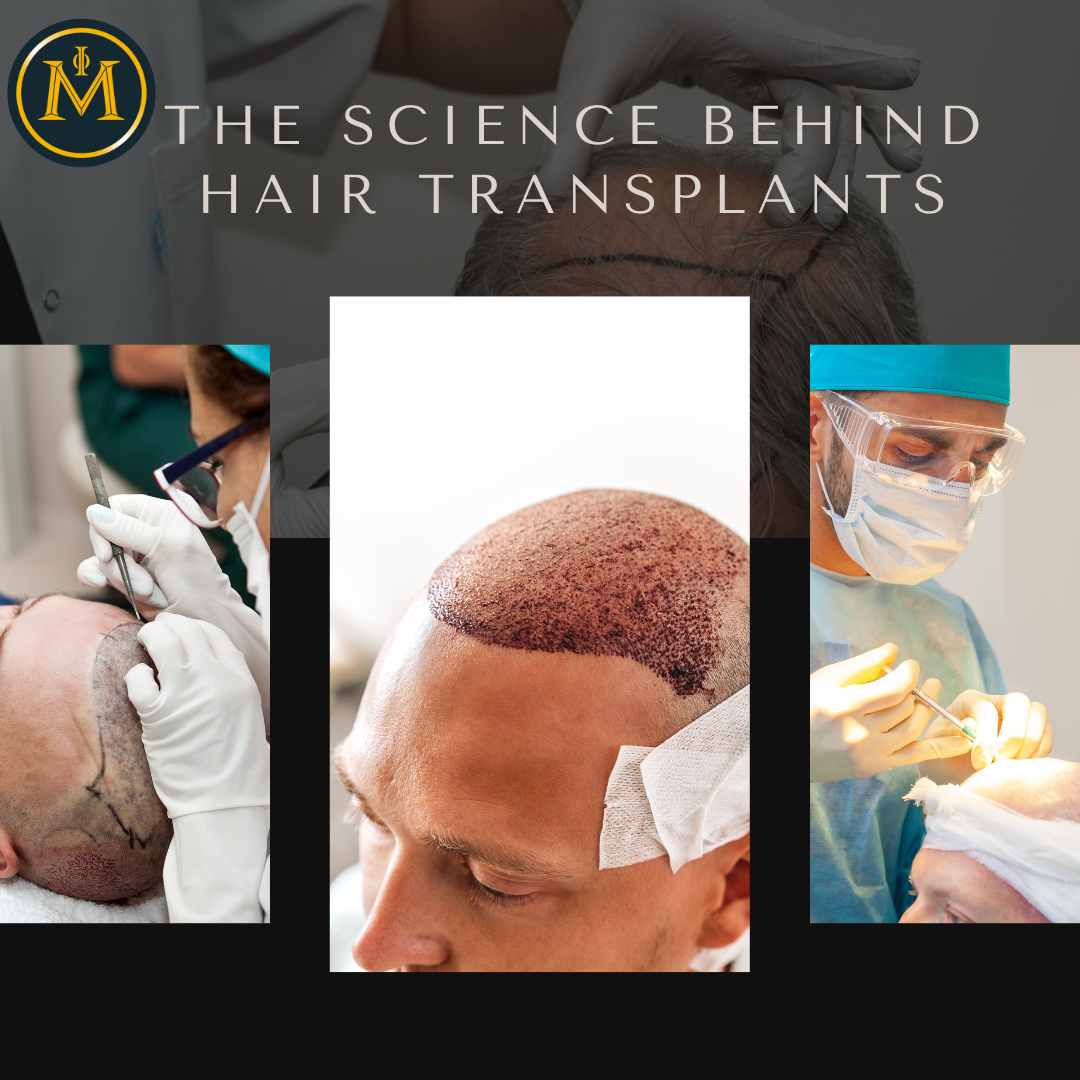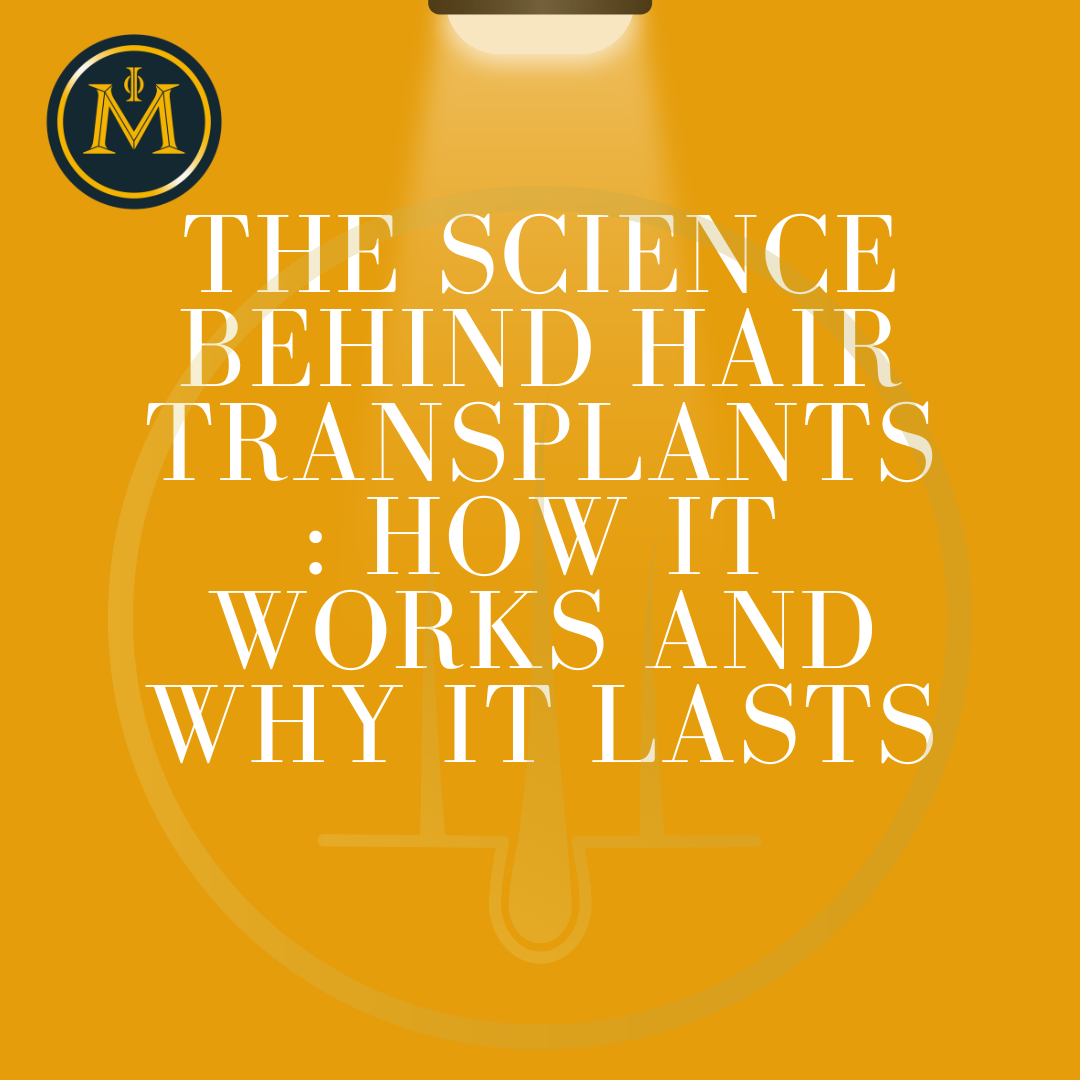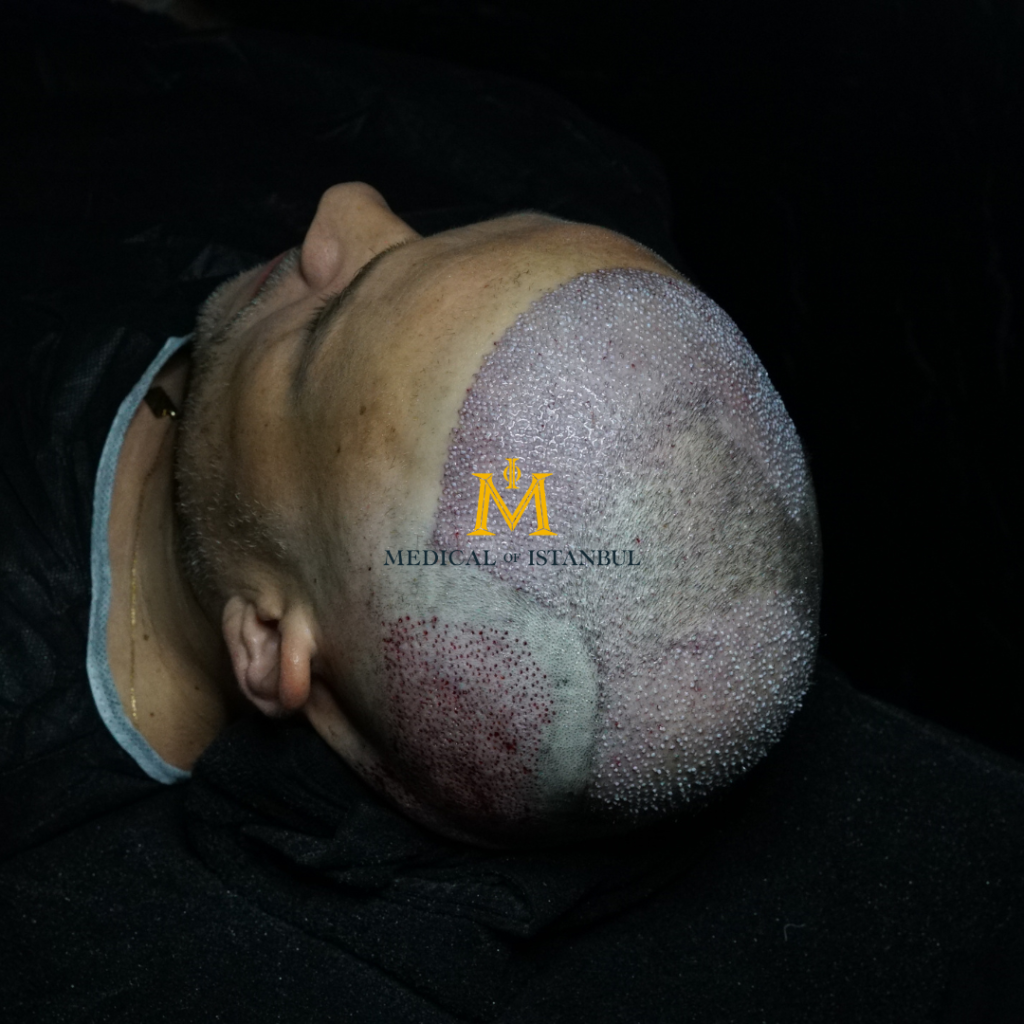Medical of Istanbul
The Science Behind Hair Transplants: How It Works and Why It Lasts
Hair transplants have become a go-to solution for many experiencing hair loss, offering a permanent way to restore hair growth. The success of a hair transplant lies in its scientific foundation—moving healthy hair follicles from areas of the scalp that are resistant to balding, usually the back and sides, to the thinning or balding areas. This process, known as follicular unit transplantation (FUT) or follicular unit extraction (FUE), leverages the fact that hair follicles from the donor area are genetically resistant to the hormone dihydrotestosterone (DHT), which causes hair loss. Once transplanted, these follicles continue to grow in the recipient area, creating a natural, fuller appearance. The reason why hair transplants are so successful and long-lasting is due to this resistance to DHT, meaning the transplanted hair is less likely to fall out in the future.















